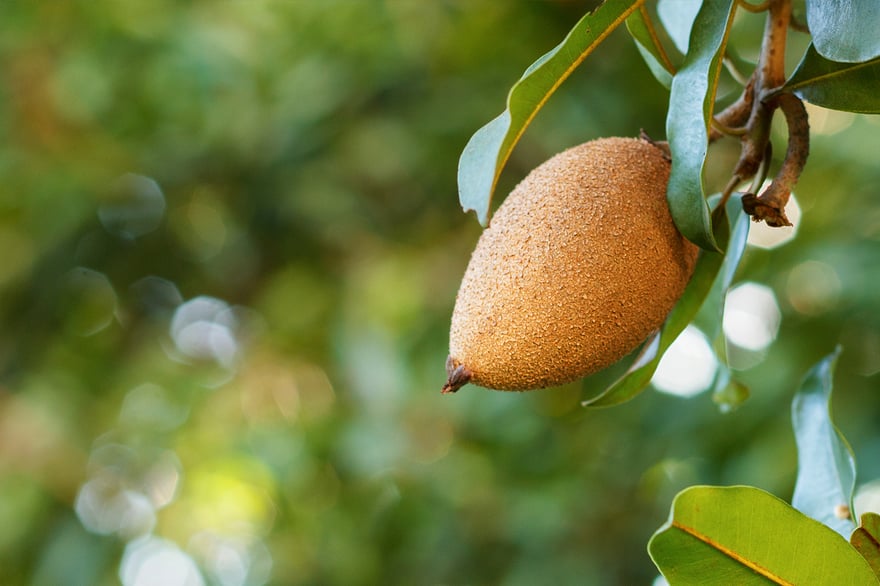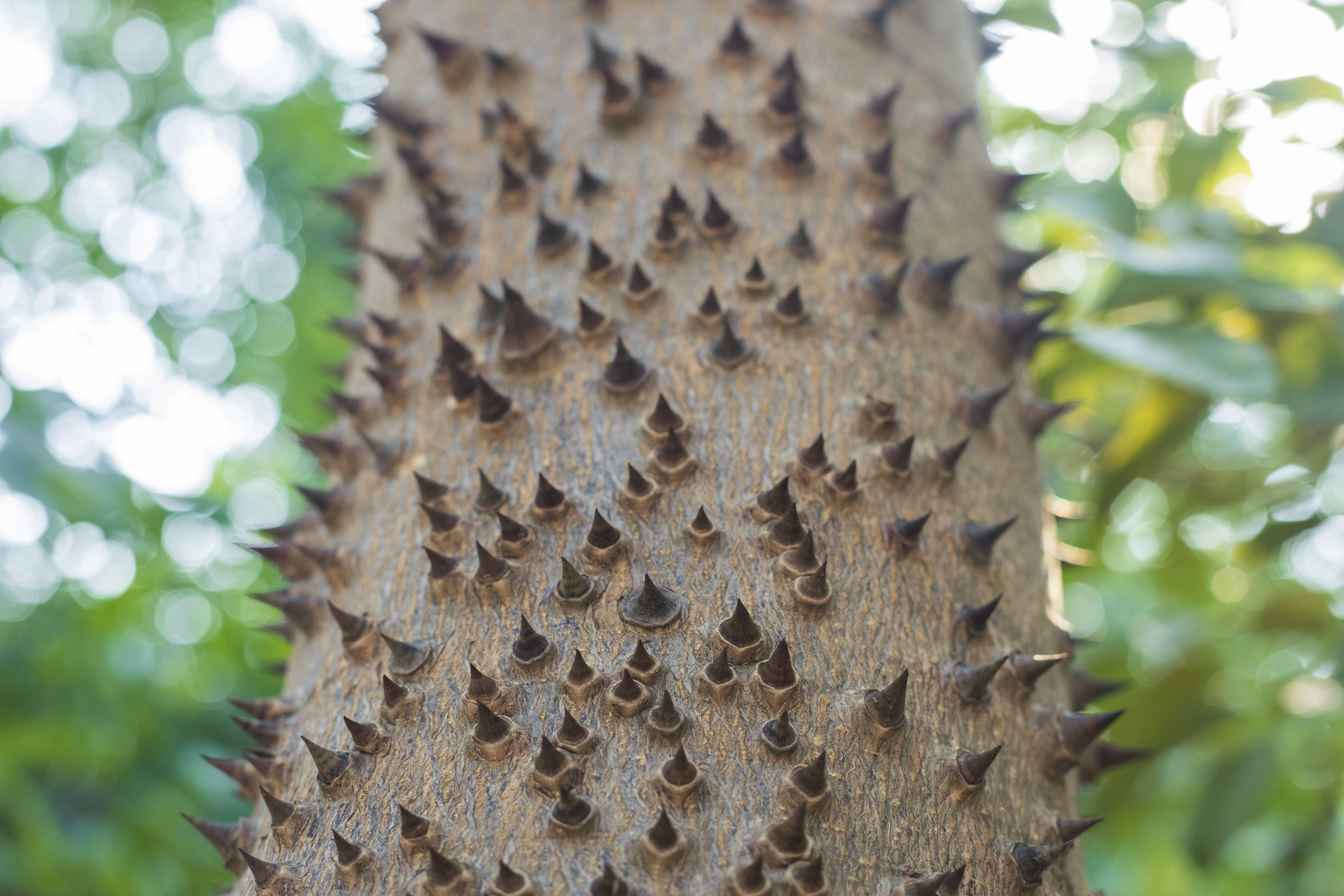- Blog
- green light
- From...
From Chicozapote to the Dynamite Tree: The new species we are planting
Apr 28, 2021 | written by: Lara Zambonelli
If, like me, you have never had a particular talent for drawing, it is very likely that the trees in your childhood doodles resembled the ones I did: two concave lines for the trunk, and a single puffy cloud-like line for the foliage.
Occasionally, when I was really in the mood, I would add a few red balls in the middle of the green foliage, leaving it up to the viewer to interpret: apples, giant cherries, balloons stuck in the branches.
As I grew up, I gave up the pencil and picked up the pen. Above all, I discovered that trees are not all the same, and that each of them is capable of bringing some absolutely astonishing economic and social benefits.
Curtain up: today I present to you the new species of tree that we've introduced in some of our agroforestry projects around the world. To refresh your memory on what agroforestry systems are and what they are used for, have a read here.
Chicozapote - Manilkara zapota
Chicozapote sounds like the name of an ancient Mayan king, doesn't it? In fact, it is a typical South American tree, which we're starting to plant in Guatemala. It's very useful for providing shade for crops and combatting soil erosion, as it develops an extremely broad root system.
Despite this, it is not a big-headed tree. It can also be self-deprecating, given that for years the chicle, a traditional ingredient in chewing gum, was extracted from the trunk of the Chicozapote!
 Chicozapote - Manilkara zapota
Chicozapote - Manilkara zapota
Mururuku - Terminalia brownii
This is one tough tree. Like a true celebrity, it goes by many different names (Mbarao, Muuku, Koloswo, Ibukoi, Harar and Baresa), and is capable of growing in particularly dry conditions.
It is typical of central and eastern Africa, and its popularity is also demonstrated by the large number of bees it attracts during the flowering season from March to June.
We're planting our Mururuku in Kenya, what are you waiting for?
Dynamite Tree - Hura crepitans
No poetic licence here – this tree really does shoot its seeds like bullets! When the fruit is ripe it literally explodes, firing out the seeds at high speed up to 15-20 metres away (some say up to 50 metres, but we find that a bit excessive). If I add that its trunk is covered with thorns and all its parts contain a highly toxic substance, do I make it sound positively obnoxious? Yes, admittedly, it has a bit of an attitude, but we love it just as much as all the others, if only for its incredible throwing skills!

Dynamite Tree - Hura crepitans
Graviola - Annona muricata
So, if I had to draw a Graviola tree, I'd picture it wearing a pair of sunglasses. He's a really cool guy, a tropical tree who loves to travel. Today he can be found from Australia to America, by way of Asia and Africa. He hates the cold as much as he loves to enjoy life, and generously offers up his fruit, known as graviola or soursop, which is so delicious that it's eaten with milk or ice cream in many parts of the world.

